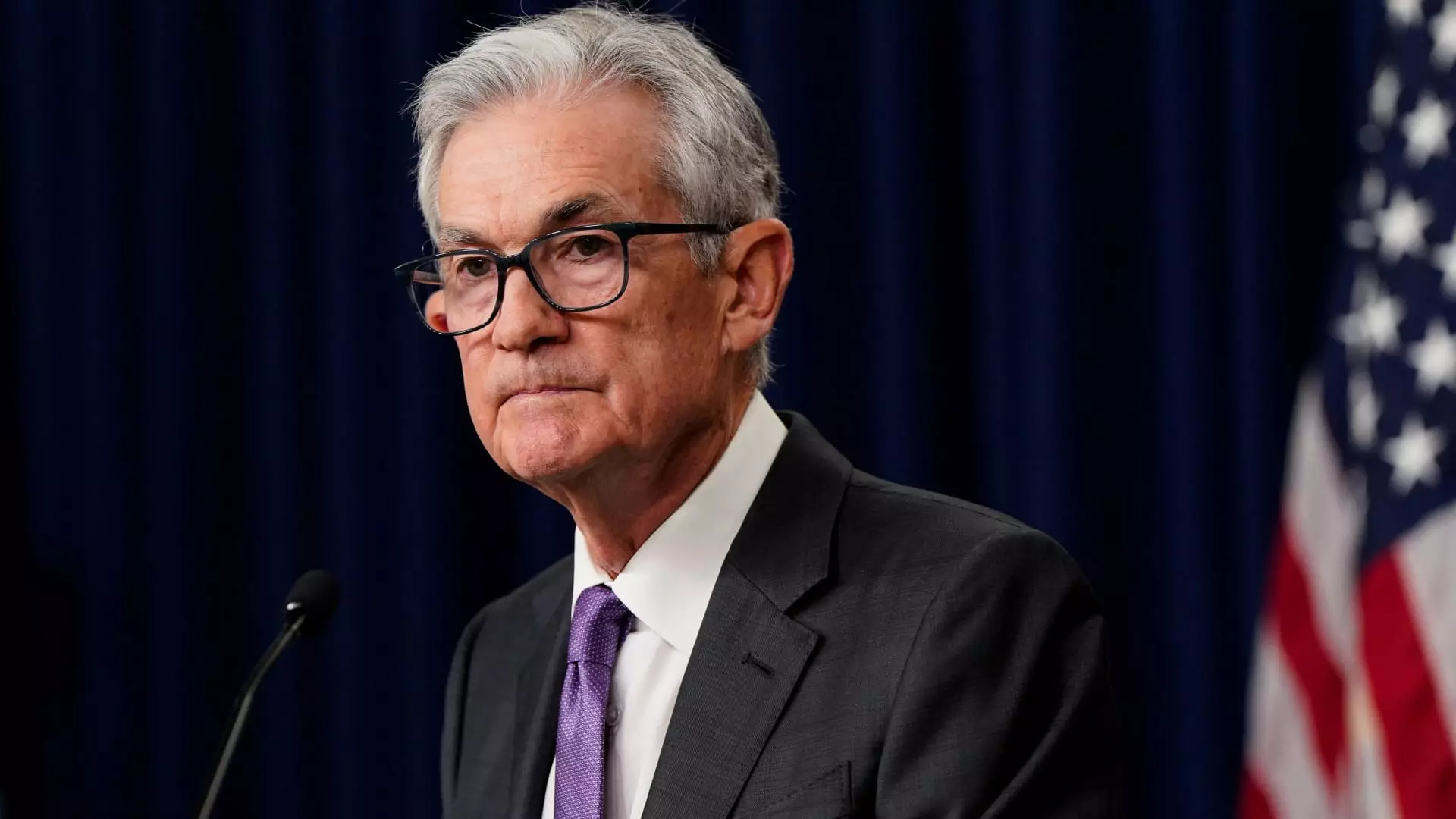Recent data reveals that the Federal Reserve is not in a hurry to decrease its benchmark rate. Predictions of multiple cuts before the year ends are dwindling due to results like a strong jobs report and a faster-than-expected increase in the consumer price index for March. This unexpected turn of events indicates that inflation is persistently higher than anticipated, which may be influencing the Fed’s decision to stay on the sidelines. Consequently, there has been a substantial decrease in the likelihood of a rate cut in June, with the CME’s FedWatch measuring futures markets pricing it at less than a 20% chance compared to nearly 80% a month ago.
Since the beginning of 2024, higher-than-expected inflation data has caused top Fed officials to reconsider their readiness to ease policy. Chairman Jerome Powell’s recent statements suggest that the Fed is inclined towards a more measured approach to interest rate cuts, given the healthy pace of economic growth and unemployment rates below 4%. Powell emphasized the importance of being prepared to maintain the current target range for the federal funds rate for an extended period if necessary. The risks associated with allowing inflation to persist outweigh the risks of inducing a recession, as stated by Mark Higgins, author of “Investing in U.S. Financial History: Understanding the Past to Forecast the Future.”
Higgins highlighted past mistakes made by the Fed, particularly during the 1930s Great Depression and the inflationary period of the 1970s. The central bank’s failure to prevent the deepening of the Great Depression by letting the banking system collapse is a lesson in history that continues to inform the Fed’s decisions today. Moreover, the premature tightening and subsequent easing off during the 1970s inflation era exemplify the risks associated with inappropriate policy adjustments. These episodes have made the Fed cautious about the timing and extent of rate changes to prevent a recurrence of past economic challenges.
Despite the financial regulations in place today to prevent a banking crisis, there are concerns about the Fed loosening policy too soon, a mistake reminiscent of the late 1960s scenario. Easing back then led to prolonged high inflation in the 1980s, necessitating drastic measures by Fed Chair Paul Volcker to curb the inflationary trend. The significant increase in interest rates implemented by Volcker ultimately subdued inflation but also stunted economic growth, especially in the housing market. The fear of repeating this scenario seems to be influencing Powell’s cautious stance on rate adjustments, as reiterated in his remarks referencing Volcker’s policy decisions.
Mention has been made about the Fed’s reluctance to decrease the benchmark rate prematurely, given the current economic landscape and the progress that has been made in curbing inflation. There is a consensus among experts that maintaining a level of policy restraint is essential to prevent a resurgence of inflation. The prevailing sentiment is that the Fed should be cautious in its approach to avoid making the same mistakes of the past, especially those that led to drastic consequences for the economy.
The Federal Reserve’s careful consideration of interest rate adjustments underscores the significance of learning from historical missteps. By being mindful of the risks associated with premature easing, the Fed aims to strike a balance between supporting economic growth and maintaining inflation at a manageable level. The challenges faced by policymakers serve as a reminder of the delicate balance required to steer the economy towards sustainable growth without triggering unforeseen consequences.


Leave a Reply